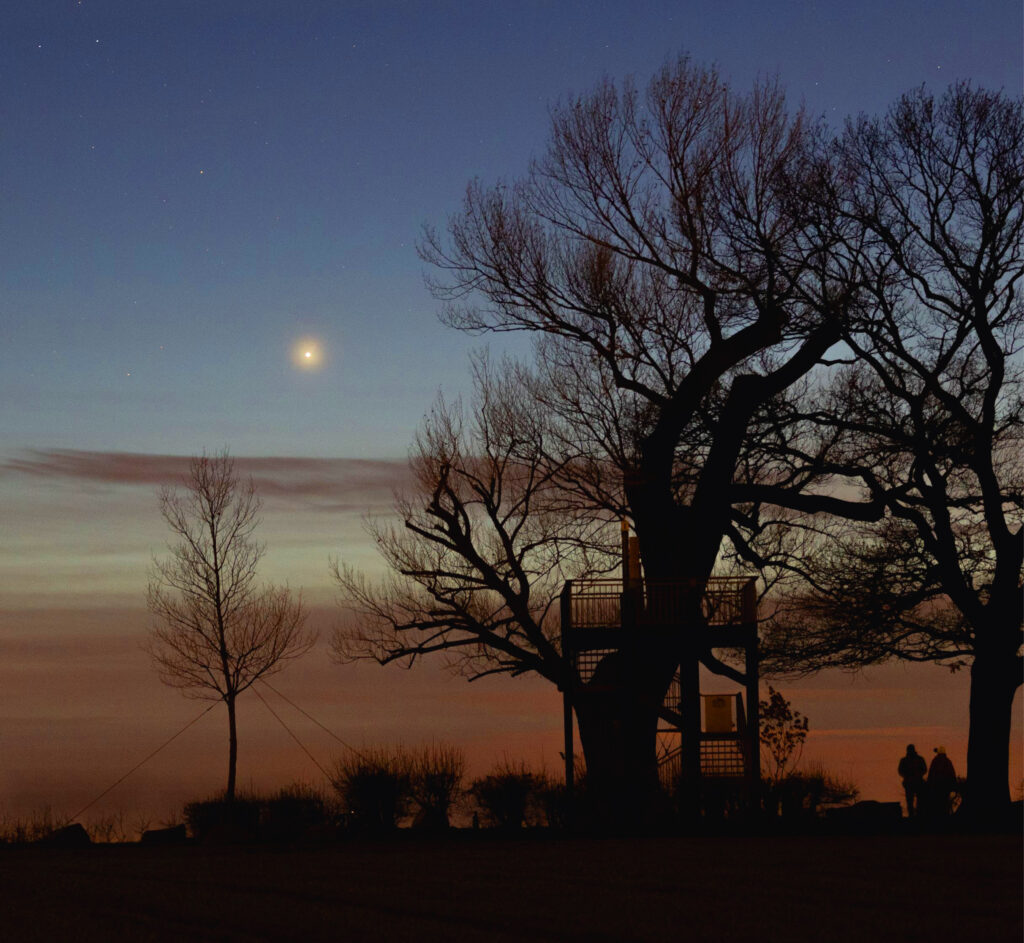
Venus: observing the Evening Star
As our nearest neighbour returns to the skies, Paul Abel tells us how to get a closer look at this enigmatic world
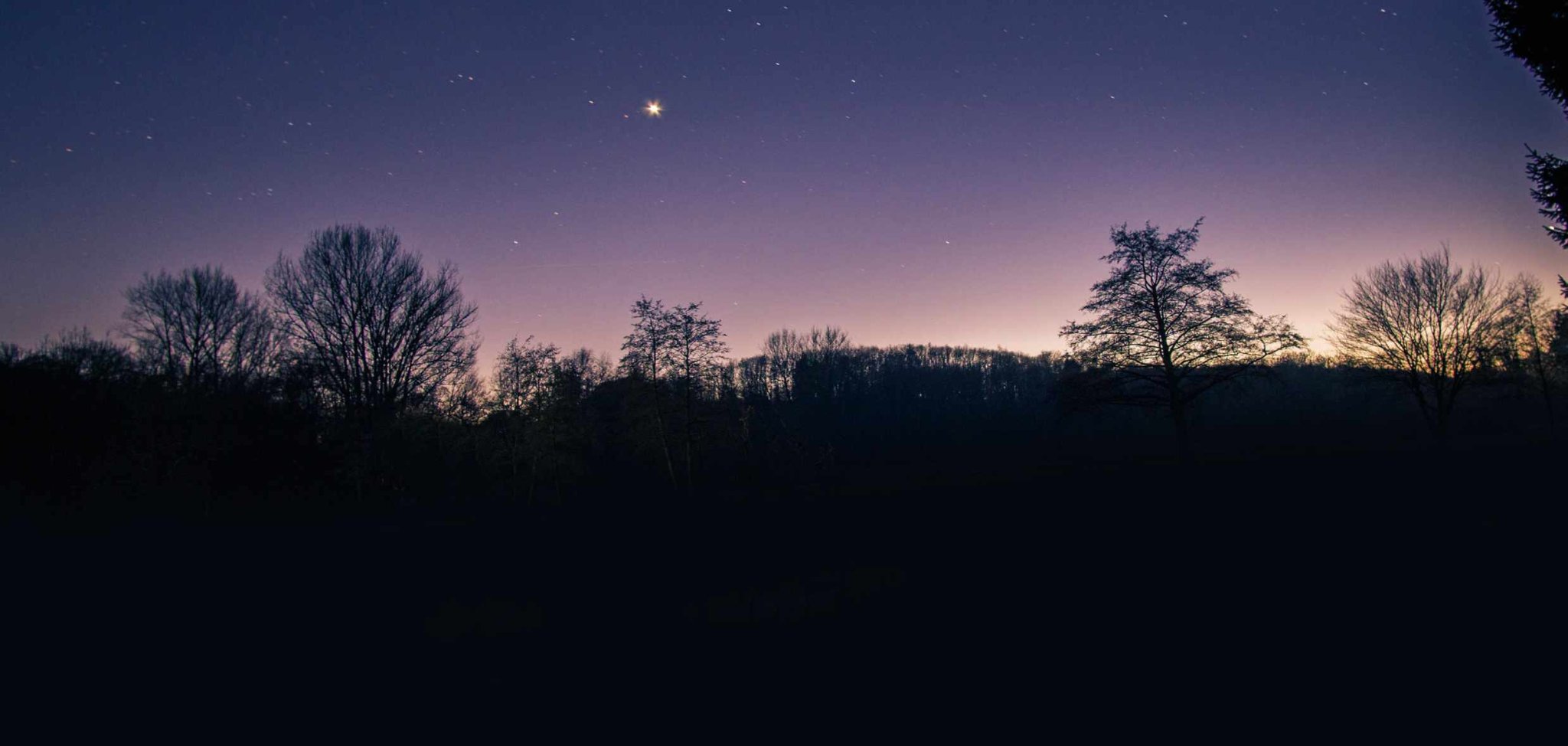
Have you noticed the bright beacon of Venus blazing away in the western sky after dark? Our nearest planetary neighbour is quite unmistakable, sparkling as she does with a brilliant silvery light. It’s no wonder the planet represents beauty and mystery in Greek mythology. Though a number of spacecraft have visited Venus, she is reluctant to reveal her secrets and hides her volcano-covered surface beneath a thick atmosphere. But, despite this, there are many mysteries an amateur observer from Earth can help uncover.
Sometimes unfairly regarded as ‘bland’, Venus is actually an excellent telescopic target for Northern Hemisphere observers during the spring months. Whether visually or through imaging, your observations of Venus could play an important part in monitoring the planet – for example, by helping to discover if there are still active volcanoes lighting up the surface. Here I’ll tell you how to take a closer look at this mysterious world.
Orbits and elongations
Like the Moon, Venus appears to go through phases as it moves across the night sky
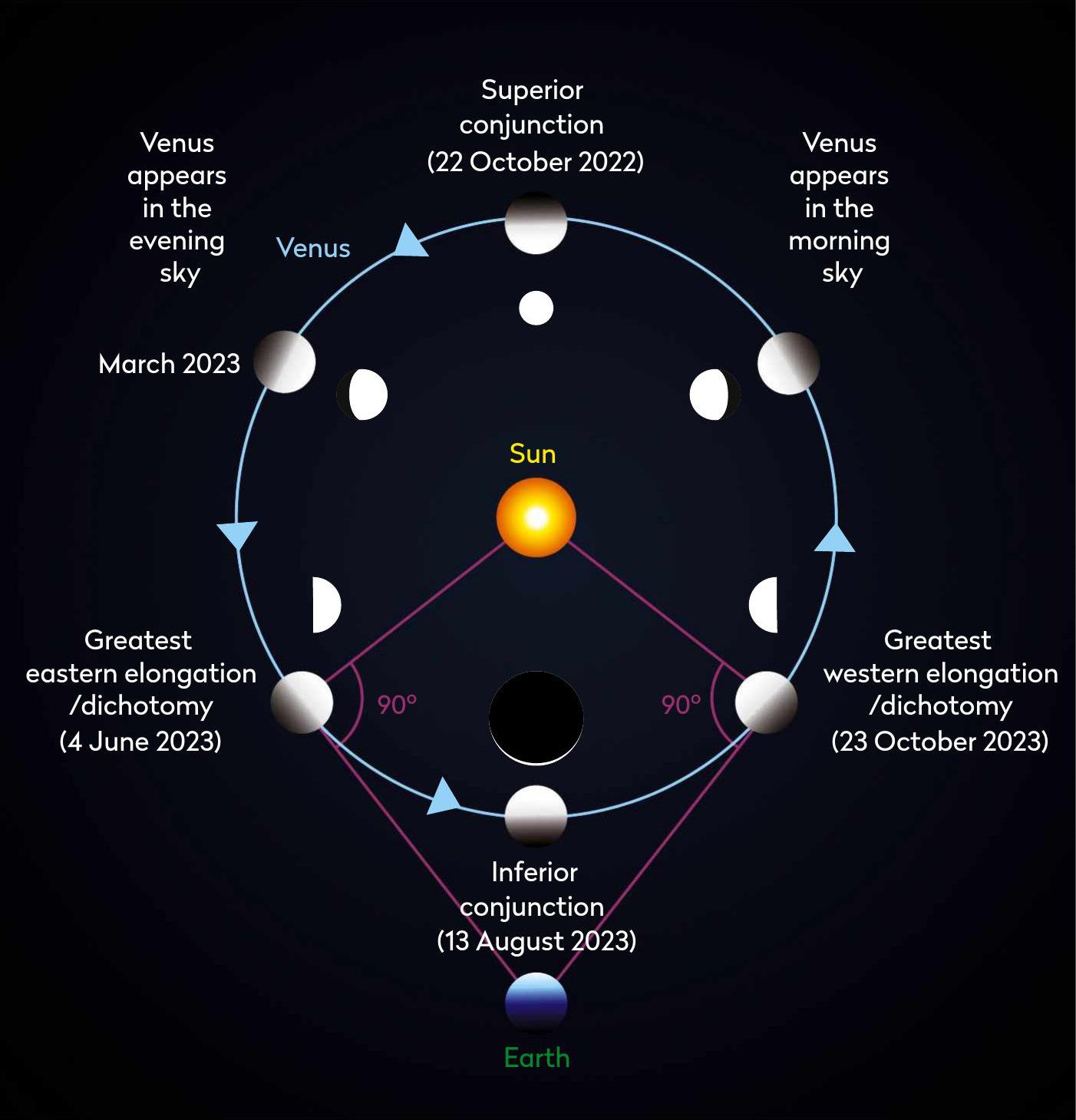
The motion of the inner planets in the sky is quite different from that of the outer planets. Instead of oppositions, Mercury and Venus pass through elongations. Those on the western side of the Sun are visible in the morning sky (western elongation) and those on the eastern side, in the evening sky (eastern elongation).
The graphic above shows the changes we see as Venus completes an orbit: starting at superior conjunction, when the Sun effectively lies between Venus and Earth, though the planet is too close to the Sun in the sky to observe at this point. This last occurred on 22 October 2022, and the planet is now on the Sun’s eastern side and visible in the evening sky.
A phenomenon unique to Mercury and Venus is that we can observe them passing through the same phases as the Moon, from full to new. Telescopically, Venus appears as a small gibbous disc after conjunction. The phase will decrease over time and the apparent diameter will increase as Venus moves closer to Earth. Venus reaches 50% illumination (dichotomy) when it is usually furthest from the Sun in the sky – apoint called greatest eastern elongation, which happens on 4 June. The planet continues to move closer to Earth, becoming an increasingly slim crescent until it reaches inferior conjunction where it lies between the Sun and Earth. This occurs on 13 August this year. After this date, the planet transitions from an evening object and moves into the morning sky, starting a new western elongation and the whole cycle occurs in reverse.
Not all elongations are equally favourable, as the cycle happens at different times. In general, the planet is highest and best-placed when it’s in the evening sky in the winter and spring months, and in the summer when it’s in the morning sky. Every eight years, Venus returns to the same point in the sky, and this is called the synodic period.
Watching Venus
Filters and a logbook will help you track the planet’s changing face
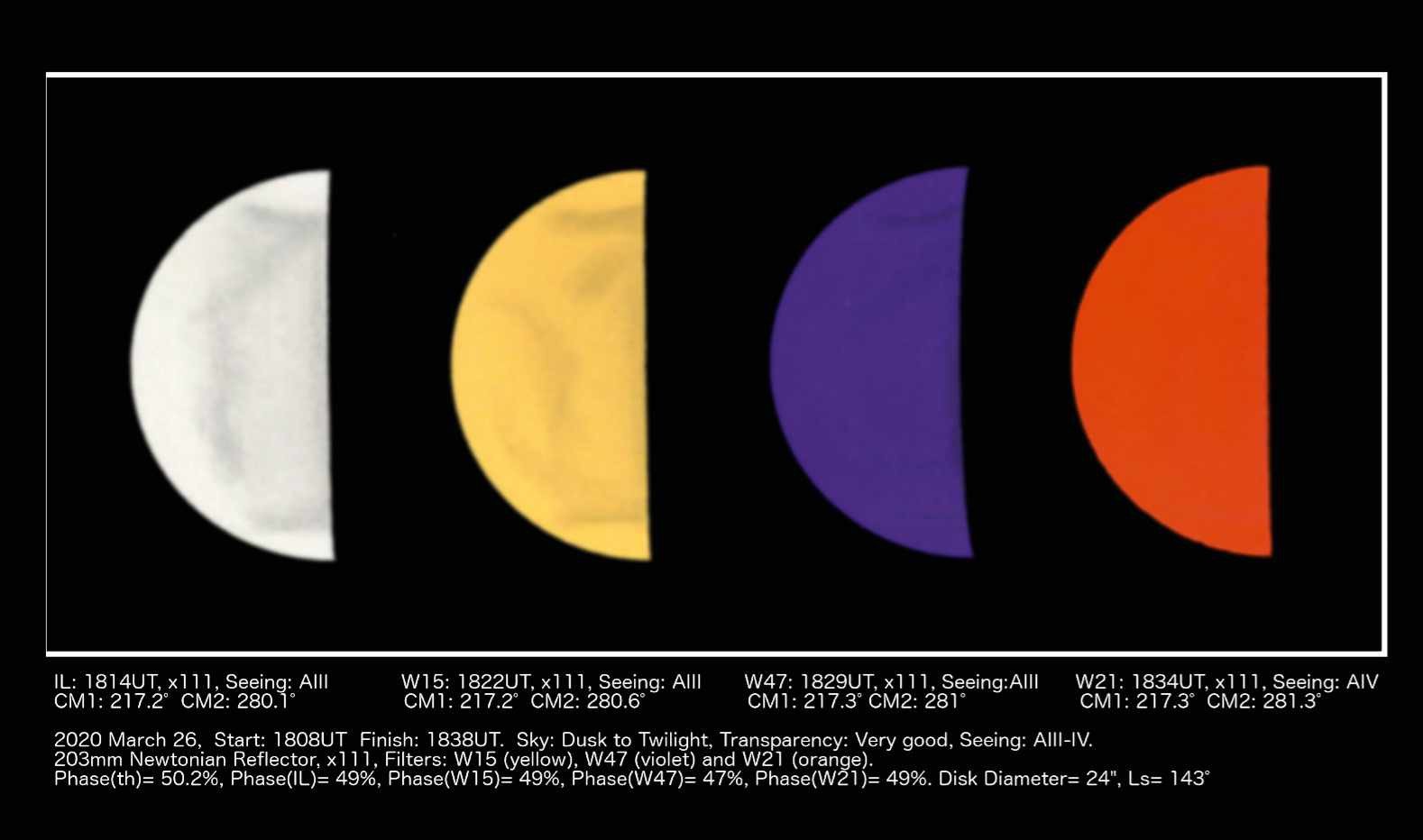
People often find their first telescopic view of Venus disappointing, as they tend to observe it when the sky is darker and the planet is very brilliant. At such times, Venus is low down. The glare from the disc and poor seeing mean all you are likely to see is something resembling a steam pudding! The best time to view Venus is during dusk, when the sky is still bright and the planet is higher in the sky.
You will need at least a 3-inch telescope and a magnification of about x120 to see any details beyond the phase. Give your eyes a chance to get used to looking at Venus, then see if you can make out the bright areas covering the north and south poles, called cusp caps. They are often bordered by darker grey cusp collars and all of these are likely to change from night to night during the elongation.
Sometimes the cloud markings present a distinctive Y-shaped feature and bright spots may also appear, often close to the limb – although bear in mind that seeing cloud markings on Venus is easier for people whose eyesight is more sensitive to blue light.
Another phenomenon associated with Venus is the Schröter effect, when the observed phases of the planet are different from the predicted phases (see below). This will be obvious in small telescopes. You will also find using optical filters a great help when observing Venus. Most telescopes come with a set. They are easy to use and usually screw into the barrel of the eyepiece. On the side of each filter you’ll find printed its Wratten number and this uniquely identifies it. For example, a yellow W12 or W15 filter will help sharpen Venus’s features and reduce the glare, while a blue filter like a W38A or W47 can help to bring out cloud markings. You’ll find cloud markings and features change appearance in different filters, as they reveal different levels of the atmosphere.
You will get more out of your observing sessions if you write down what you have seen. I now have several Venus logbooks going back decades, where I record the combination of eyepieces and filters that worked best, and from the drawings I can see which phenomena repeat themselves. A record like this means you are not returning to the eyepiece new each time. Instead you’re actively building on your experiences. I find it invaluable.
Making a drawing is the best way to record your observations. I always use a 50mm blank and start by drawing in the phase, then putting in any cloud markings and the cusp caps and collars. Make sure that you record the date, time (in UT), the telescope you used and magnification. If you have made a drawing using a filter, make sure to record its number and details. Over the course of an elongation, you will see your drawings improve and the amount of fine detail you can see will increase.
The Schröter effect
Venus’s phases are odd – what we actually see is out of step with the predicted timings
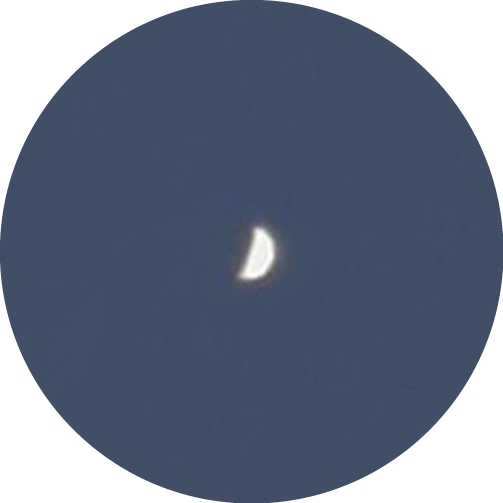
The observed phase of Venus is always slightly less than the predicted phase of Venus, an effect first recorded by Johannes Schröter in 1793. This phase anomaly (as it’s also called) is best shown when Venus appears to be at 50% illumination (dichotomy) in a telescope. This always occurs earlier than the predicted date for evening elongations and later for morning ones. The reason the phase anomaly occurs is still debated, but it is likely to do with Venus’s thick atmosphere scattering light, and is even more pronounced in a blue filter.
The next dichotomy is predicted to occur on 4 June, so start looking carefully at the phase of Venus a week before this. Early dusk is best as the planet will be higher in the sky. The effect can be seen in telescopes of 3-inch aperture, and a yellow filter will help make the terminator easier to see. When the terminator is a completely straight line, Venus is at 50% illumination – this is called observed dichotomy and it will likely occur three or four days before 4 June.
Make sure you record the date in your logbook, and remember: the date of observed dichotomy varies, so start in plenty of time!
Venus in infrared
Several scientifically intriguing features become visible at longer wavelengths
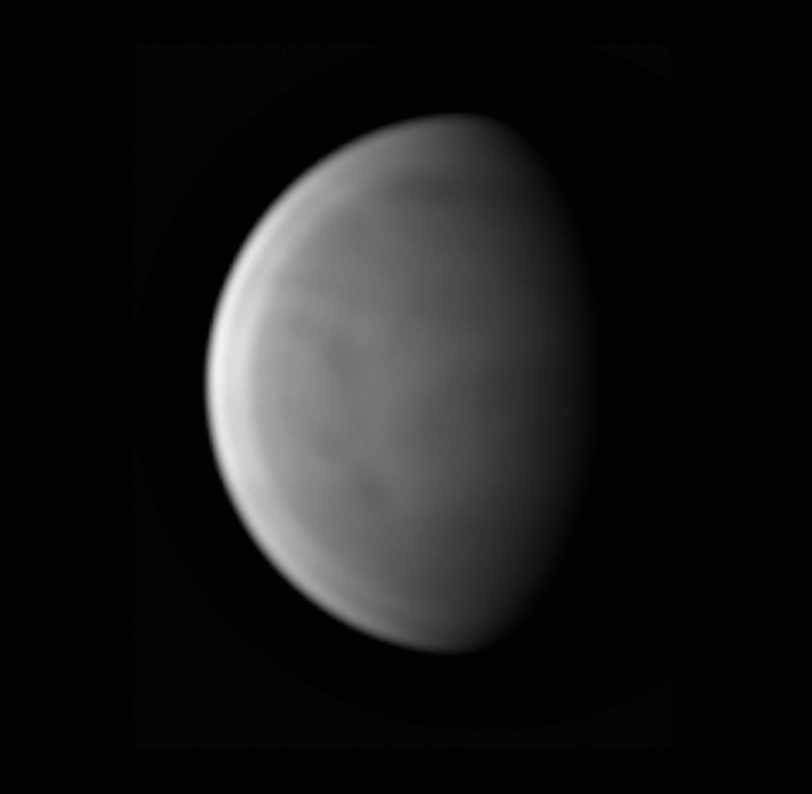
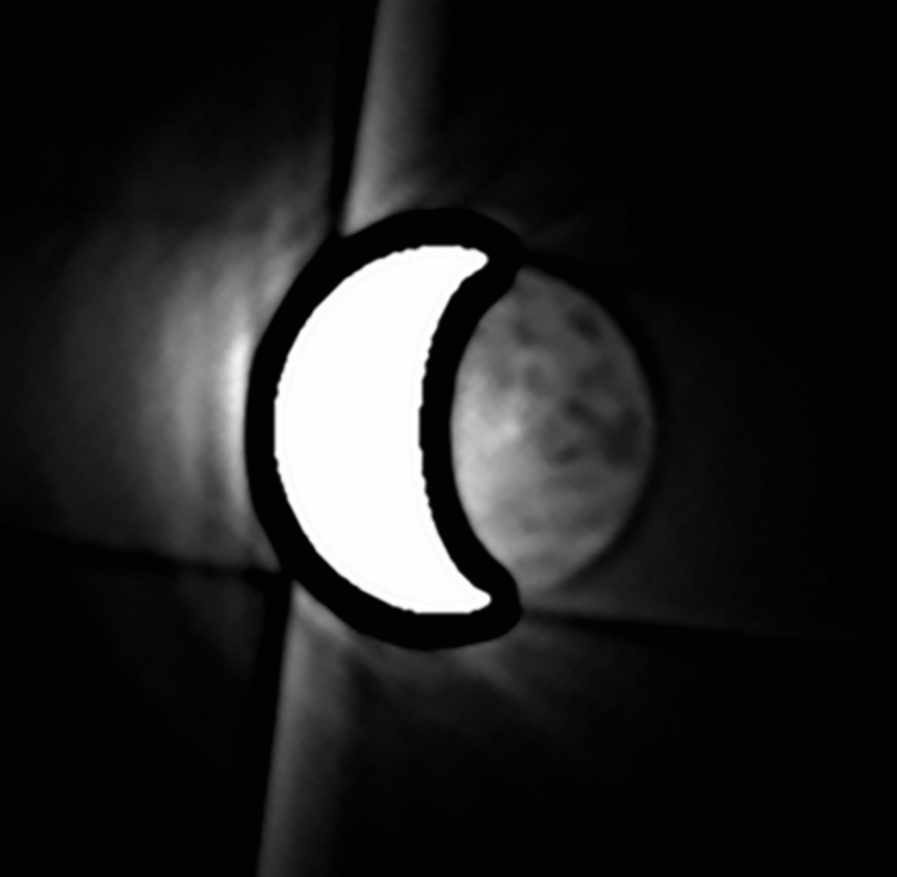
In the last decade, many amateur astronomers have started using filters to image Venus in wavelengths well beyond the visible part of the spectrum. To capture Venus in infrared you will need a filter and a camera to record the images. You will find that infrared filters tend to transmit wavelengths between 685 and 850nm (nanometres); I’ve seen filters centred on 790nm commonly used.
In December 2015, the Japanese Akatsuki spacecraft recorded a strange infrared feature – a vast 10,000km bow-shaped wave of clouds extending from north to south over Venus’s equator. In the years since, a number of amateur astronomers have not only also captured the feature but have tracked it. Interestingly, the wave phenomenon is not always present – in some elongations it has been completely absent. It did return in 2022 and persisted for many months longer than before.
This phenomenon is called the wave discontinuity of Venus and it appears on the day side, usually near the terminator. One explanation for it is that it is caused by the upwelling of air over mountainous terrain. Several scientists have speculated that the discontinuity may be caused by active volcanoes. If you have an infrared filter and camera, try imaging Venus as often as possible, and if you manage to record it, send your images to me at the Mercury and Venus Section of the British Astronomical Association (britastro.org), of which I’m the director. We compile amateur observations together to detect and monitor changes to the planet. The best time to try this is when Venus is in the gibbous stage, so have a go at any time before dichotomy on 4 June and help contribute to our understanding of this planet.
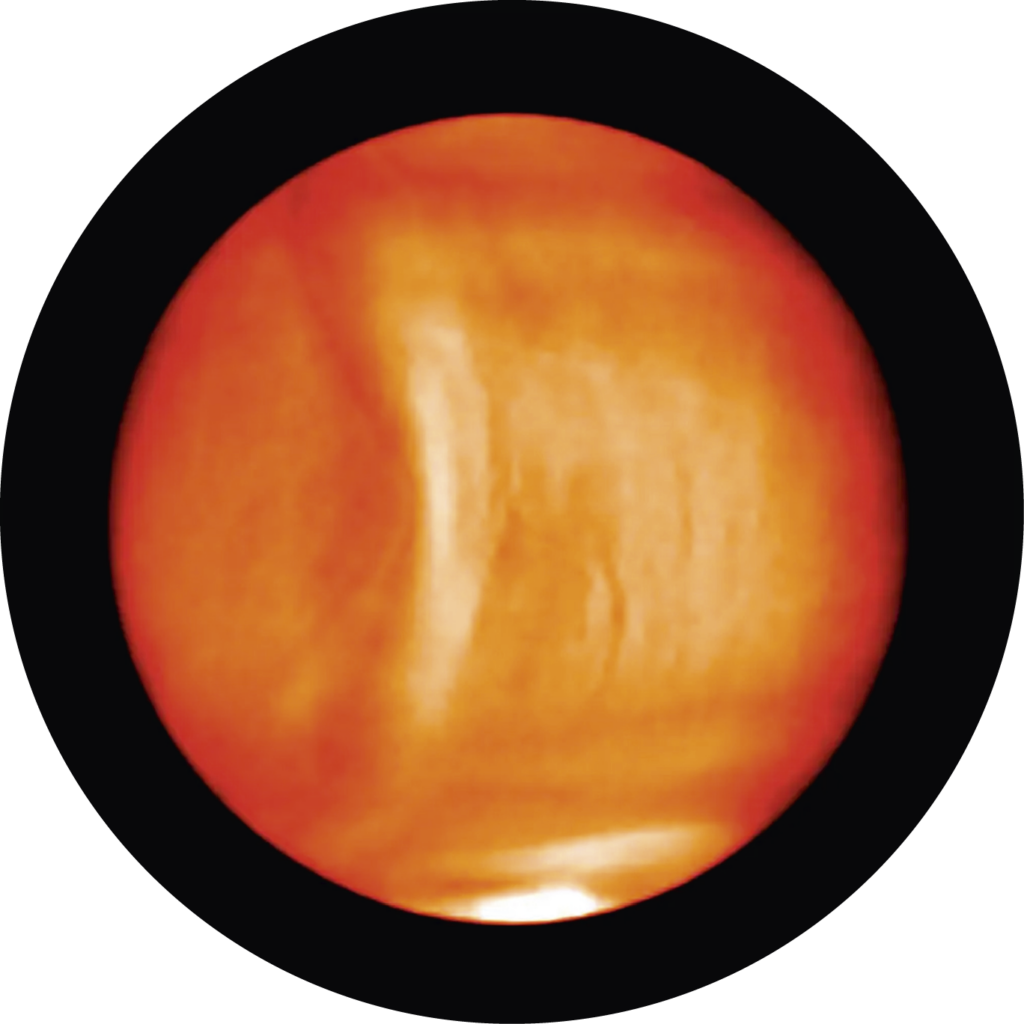
Another new avenue of exploration for amateurs is in using infrared to image the night side of Venus. In April and May of 2017, Australian amateurs Anthony Wesley and Phil Miles’s night-side images recorded a number of bright spots on the surface, which have since disappeared. Many scientists believe that Venus could still be volcanically active, so one explanation could be that these were active volcanoes. Imaging them on the night side would be a way of proving this.
Imaging the night side also requires an infrared filter and camera, but it can only be done when Venus is in the crescent stage. The difficulty comes in that the sunlit crescent can saturate the image, but this stage will be visible in late June, so that would be a good time to try, if you want a challenge.
The ashen light
No one knows for sure why some report seeing a ghostly glow lighting up the planet’s dark side
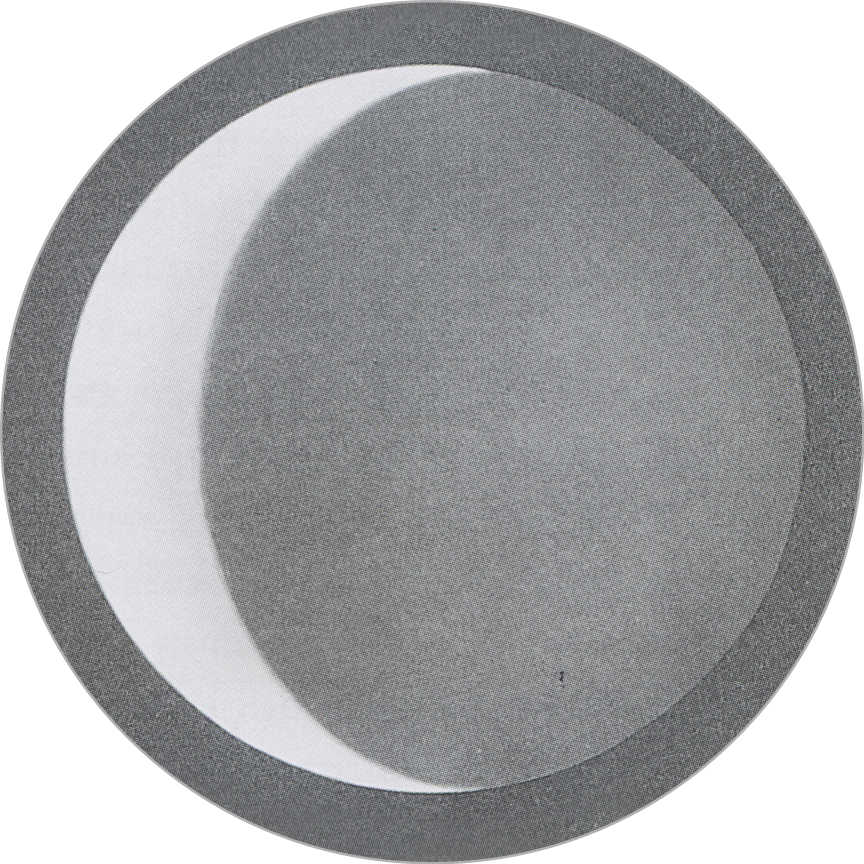
The ashen light refers to the pale glow seen on the night side of Venus by visual observers, and is said to look similar to earthshine on the Moon. The phenomenon is somewhat controversial as it has never been imaged. However, a number of reliable observers, including Patrick Moore, have seen it repeatedly on a number of occasions.
Recent observations made by NASA’s Parker Solar Probe might add validity to the observations. In July 2020 and February 2022, Parker saw surface details on the night side of Venus in infrared wavelengths that could also be seen visually. Venus’s surface glows in the infrared and if the clouds over the night side are thin for some reason, then sightings of the hot, faintly glowing surface might be the cause of the light, particularly for those visually biased towards red light.
Ultraviolet cloud-watching
Track the speedy Venusian atmosphere by imaging the motion of cloud formations
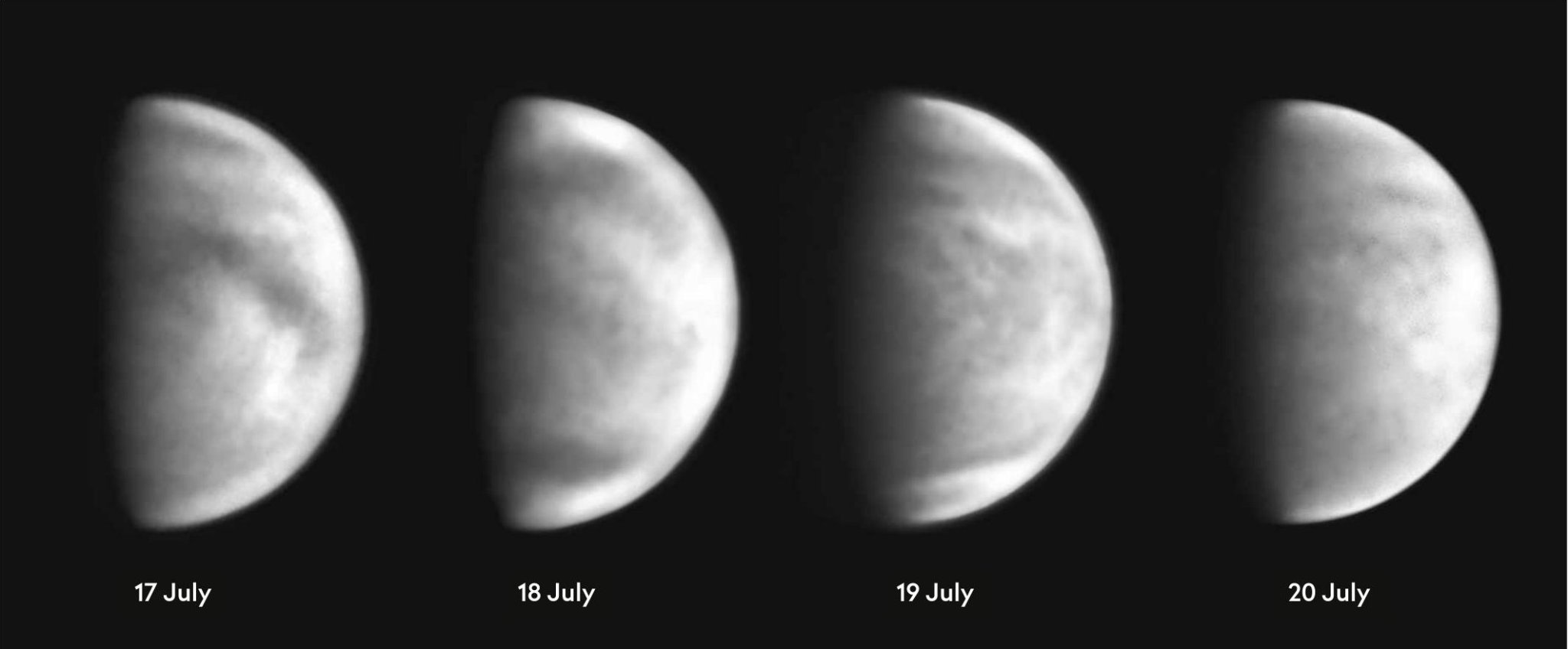
As with infrared imaging, ultraviolet images have become essential in monitoring long-term changes on the planet and are another useful tool for amateur and professional astronomers studying the Venusian atmosphere. To make observations of Venus in the ultraviolet, you will need a filter that only allows ultraviolet wavelengths of light to pass through. Typically these are wavelengths between 320 and 380nm. There are a number of such filters available, but since this part of the spectrum cannot be seen directly, you will need to use a camera to record an image. Be sure to double-check that your camera can detect ultraviolet light, as some aren’t sensitive to these wavelengths.
The cloud markings of Venus are best seen in ultraviolet, and these images often reveal quite complex patterns and can be very informative. If multiple images are taken showing a formation moving along the disc, estimates can be made of the wind speed in the upper atmosphere. We know that the atmosphere of Venus undergoes ‘super-rotation’, circling the planet once every four to five days, whereas the surface takes a more leisurely 243 days to complete a single revolution.
Although photographing Venus in ultraviolet takes some practice and requires good seeing conditions, it can deliver excellent results.

Paul Abel is an astrophysicist and the director of the British Astronomical Association’s Mercury and Venus section.